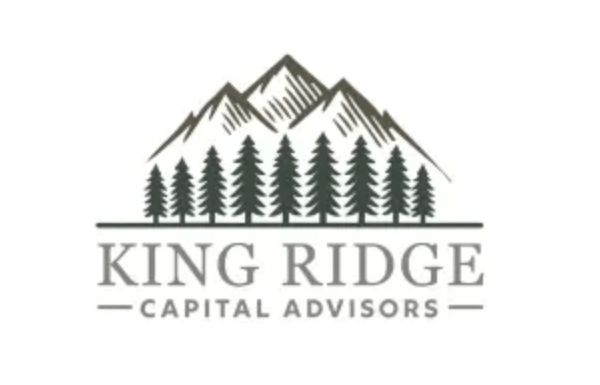
As per a recent report by King Ridge Capital Advisors, unlike many niche, non-credit strategies, catastrophe bonds offer diversification, differentiation and scale, which the firm suggests makes them the only non-credit income solution large enough to meet the future demands of institutional and individual investors.The specialist insurance-linked securities (ILS) investment manager states that with global debt sitting at historic heights and monetary policy tools nearing exhaustion, today’s credit markets offer diminishing rewards while remaining tightly correlated to broader risk assets.“Investors should reconsider not just how much income their portfolios generate, but where that income comes from.Rather than focusing solely on yield or duration, the priority should be achieving true independence from the business cycle.
To create a resilient portfolio, investors should consider income streams that do not rely on the solvency of the borrower, the repression of interest rates or policy decisions of central bankers,” King Ridge explained.Further into the report, the ILS investment manager states that fixed income portfolios may appear diversified across duration, credit quality, and sector, but that isn’t always going to be the case.“In practice, nearly every major income stream is tied to a single macro factor: the credit cycle.
Government bonds, investment-grade corporates, high-yield debt, private credit, and structured products may seem diverse, but they share a common foundation: the expectation that borrowers remain solvent, interest rates stay low, and credit markets function smoothly.When these assumptions break down, the illusion of diversification among these assets can quickly fall apart,” the firm explained.King Ridge continued: “The 2022 drawdown dispelled the illusion of uncorrelated returns.
Bonds and stocks fell together.Private credit vehicles weren’t liquid.Structured credit instruments offered no refuge.
In truth, they were all linked to the same shock.What seemed to be diversification were nothing more than parallel bets on the health of credit.When rate regimes shift or liquidity dries up, those bets collapse in sync.
“If all your income instruments are vulnerable to the same macro risk, is it really diversification or just concentration in disguise?” King Ridge goes on to state that while faced with these risks, investors have started exploring income streams outside of traditional credit markets, with the goal not just focusing on higher yields, but structural independence.While several alternative non-credit strategies have arisen, many of them are constrained by lockups, specialised expertise, or niche structures.“They tend to be illiquid, difficult to scale, and are typically accessed through private offerings.
As a result, they’re often better suited as tactical or satellite allocations rather than as core sources of portfolio income,” King Ridge said.According to King Ridge, what appears to be lacking is a source of income that is structurally uncorrelated and widely available through an expanding global market.This is where attention turns towards catastrophe bonds.
“Catastrophe bonds aren’t a silver bullet—they require specialized expertise and disciplined management—but they offer something rare among scalable income strategies: structural independence from credit cycles and central bank policy,” King Ridge notes.As the ILS investment manager highlights, rather than relying on borrower behaviour, catastrophe bonds are backed by real-world risks like natural catastrophes.As part of a forward-thinking portfolio, they can help build resilience not just by avoiding risk, but by introducing true diversification.
“In a world increasingly synchronized around credit and liquidity, Cat Bonds may be the last great diversifier.For those looking to move beyond the credit regime not deeper into it, they offer income without the baggage,” King Ridge concludes..All of our Artemis Live insurance-linked securities (ILS), catastrophe bonds and reinsurance can be accessed online.
Our can be subscribed to using the typical podcast services providers, including Apple, Google, Spotify and more.
Publisher: Artemis







